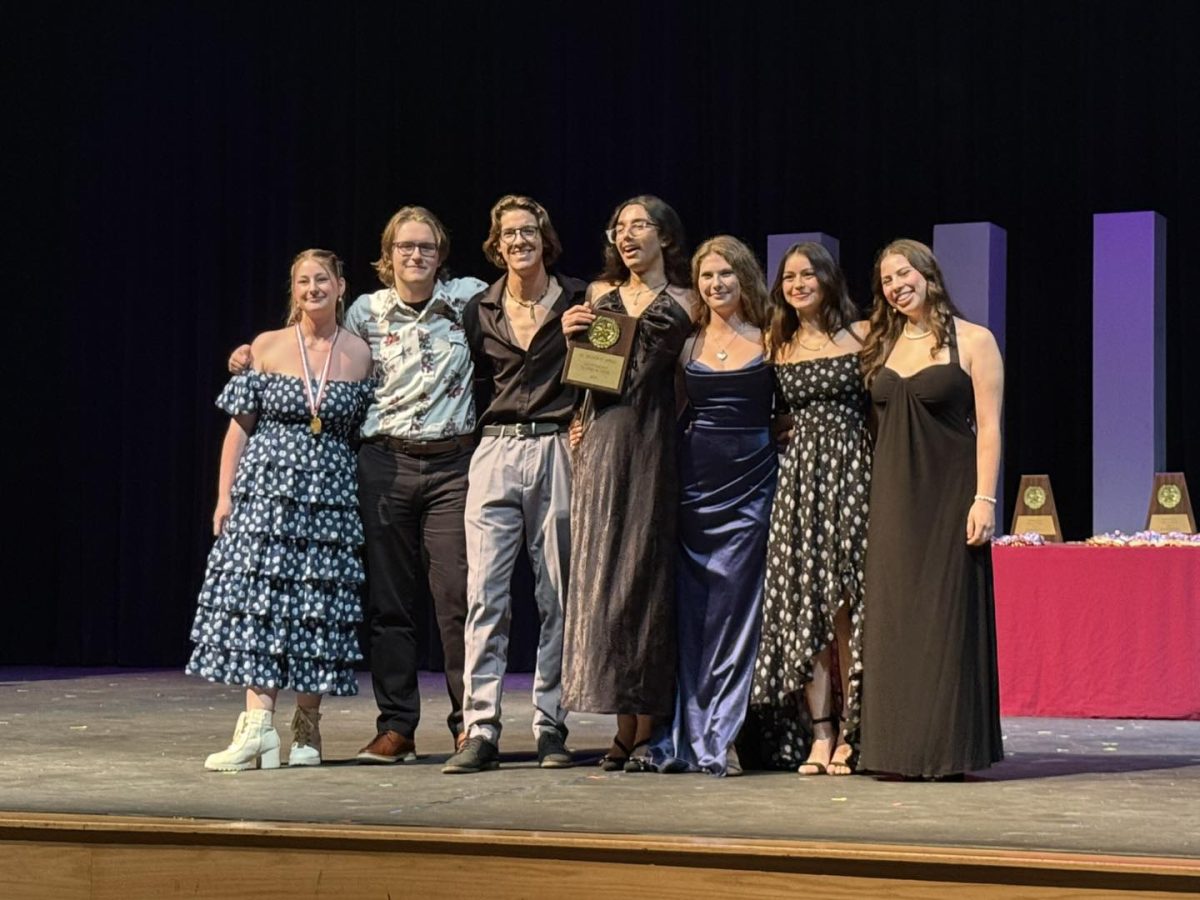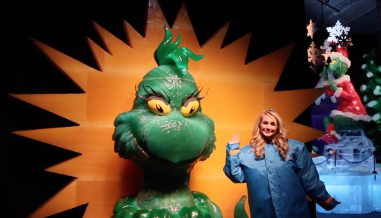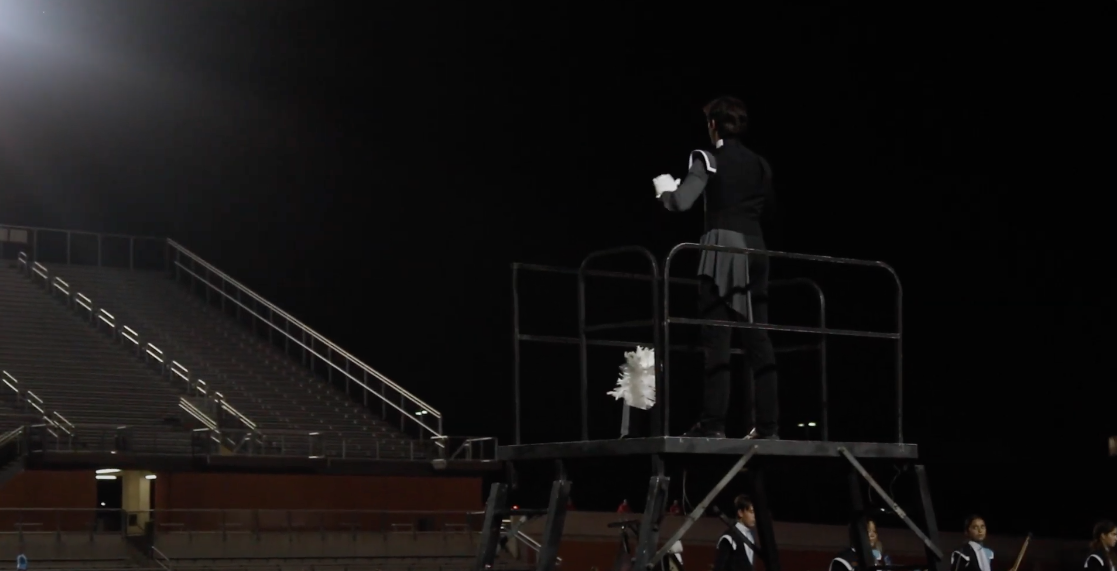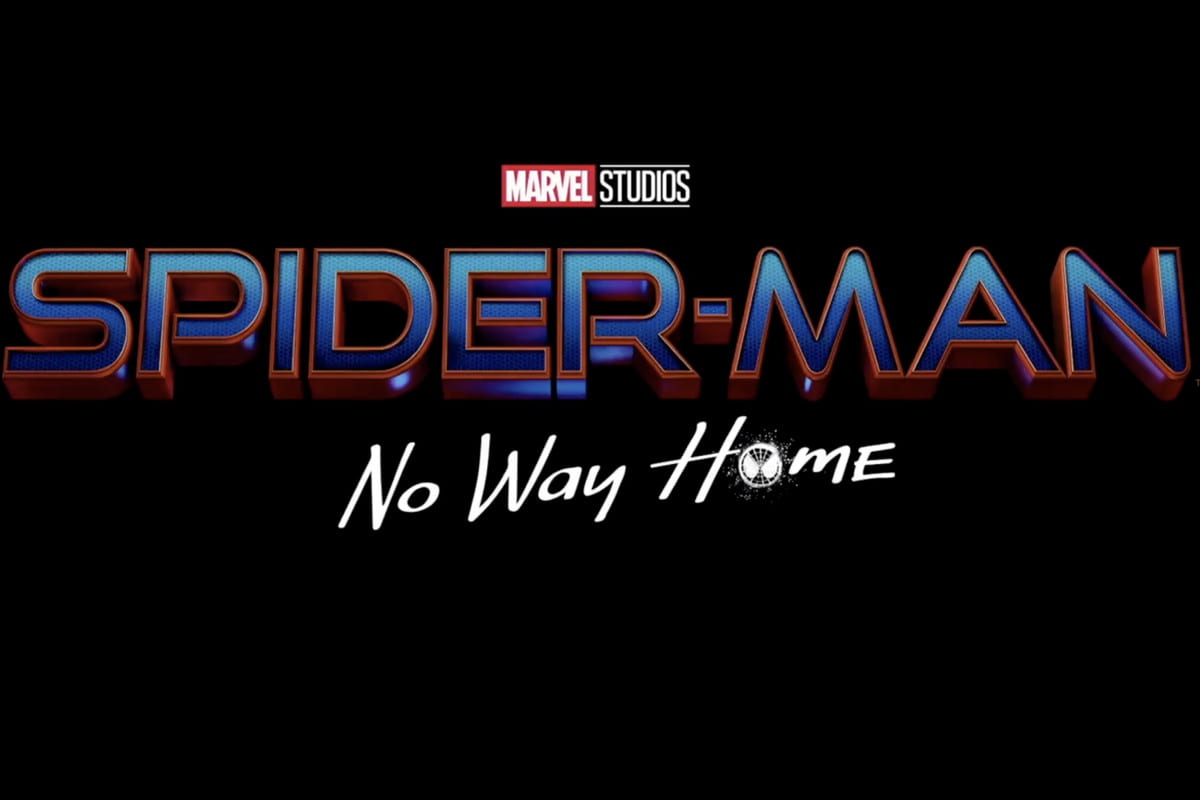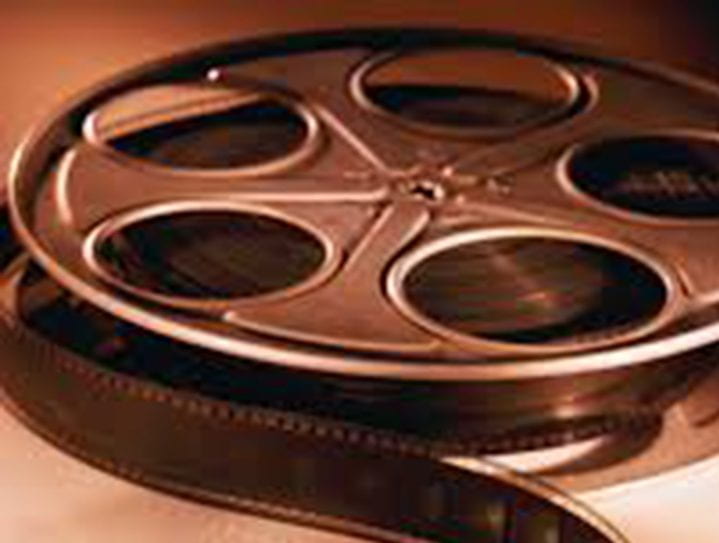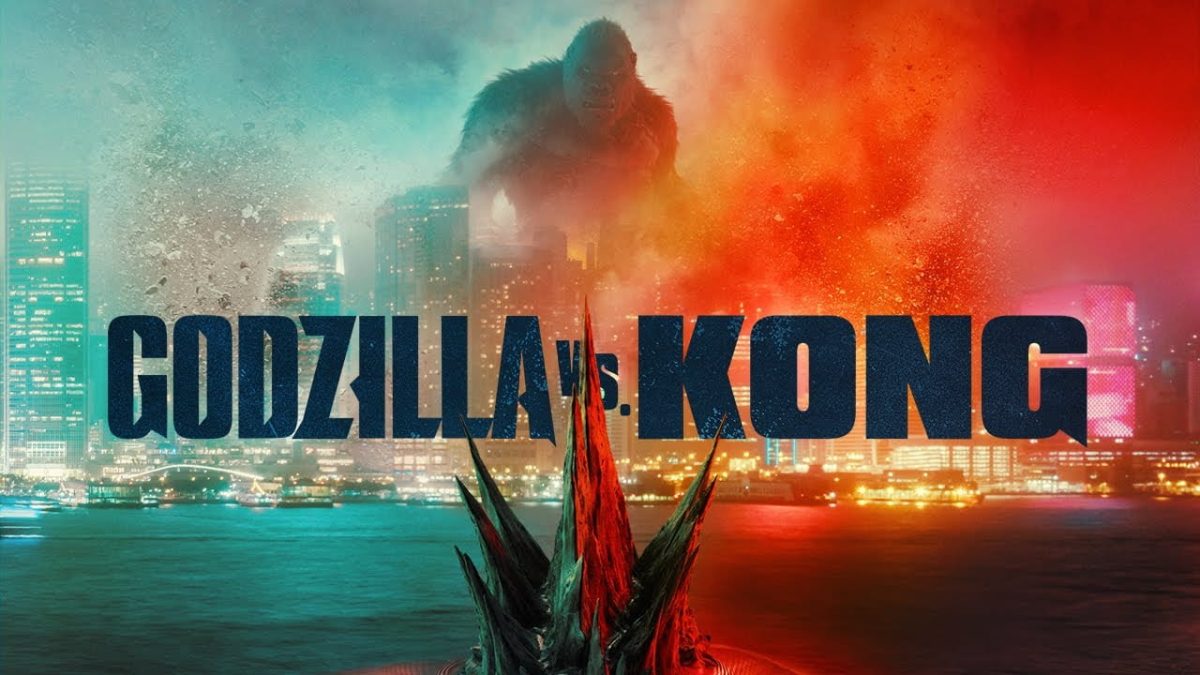By Tony Johnson | Arts & Entertainment Editor
Water for Elephants, Sara Gruen’s best-selling novel, was always destined to be adapted for the big screen. It has all the right elements: a Great Depression-era circus backdrop, intriguing characters and character development, and, of course, forbidden love. While the film, adapted for the screen by screenwriter Richard LaGravenese (P.S. I love you, Freedom Writers) and directed by Francis Lawrence (I Am Legend), contains all of those elements, its focus is often driven more towards the atmosphere than the narrative.
Those familiar with Gruen’s book will notice that the movie opens with the book’s ending, a choice made more frequently in today’s film adaptations. We first see an old man wandering the entrance of a modern-day circus in the pouring rain, but he’s soon brought indoors by two younger lads who quickly learn that he’s not as lost as he appeared to be. The old man’s (a touching Hal Holbrook) blue eyes travel back into the body of his much younger self (an impressive, post-Twilight Robert Pattinson) and we are transported into his past experiences traveling with a lower-class circus during the Great Depression via a Titanic-like structure.
We learn the young man’s name is Jacob and that he wasn’t always destined to work at a circus. He was enrolled at Cornell University and earning a degree in veterinary medicine when, on exam day no less, his parents are killed in a car accident leaving him nowhere and no one to turn to. Unable to keep the house and looking for a new beginning, he drops his academic pursuits and does what any lost soul would do: hops on a train. However, he is later told by passengers who find him that the train belongs to the Benzini Bros. Circus Company. The boss (a disturbing but once again brilliant Christoph Waltz) allows him to travel with the company due to their need for a veterinarian, and even though he ended up on the train through a series of unfortunate events, it keeps him busy and keeps his passion alive.
He doesn’t have passion for just animals, though. Once he sees the boss’s wife and star-attraction, Marlena (a charming and breathtakingly beautiful Reese Witherspoon), it’s love at first sight for him. This is where forbidden love comes into play, but also where the narrative falls short. The film unfolds in a quite linear fashion once the two cross each other, but is saved by a sensational backdrop. An impressively detailed production design by Jack Fisk, a nice original score by James Newton Howard, and gorgeous cinematography by Rodrigo Prieto create a sweeping setting and help keep the love aspect of the narrative alive.
Surprisingly and quite pleasantly, the movie’s most fascinating camera-object and character is neither of the star-crossed lovers, but rather the elephant, Rosie. The old, adorable, and apparently Polish elephant isn’t as spotlighted as fans of the novel would’ve hoped, but she contributes to the film’s majestic feel. While Pattinson and Witherspoon fall for each other, we fall for Rosie (her real –life name is Tai and she also appeared in big movies such as Jumanji).
The film’s progression does end up being linear and slow at times, but Pattinson and Witherspoon do have believable chemistry, and the last third of it turns out to be especially enthralling and makes up for the slow-paced beginning. While the elements of it are all magnificent on their own, the movie as a whole isn’t the most spectacular forbidden love story ever put on, but is still a sweetly satisfying one in the end. It’s a star-studded spectacle that is worth experiencing and provides a convincing atmosphere that you will most likely revisit in your dreams at least once. B


